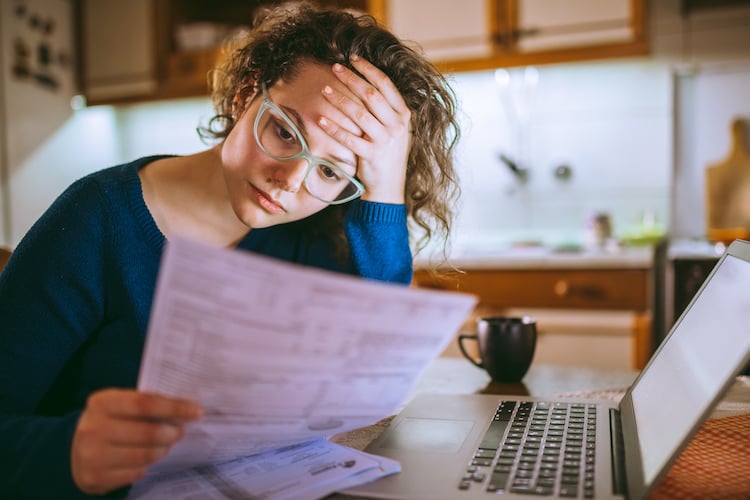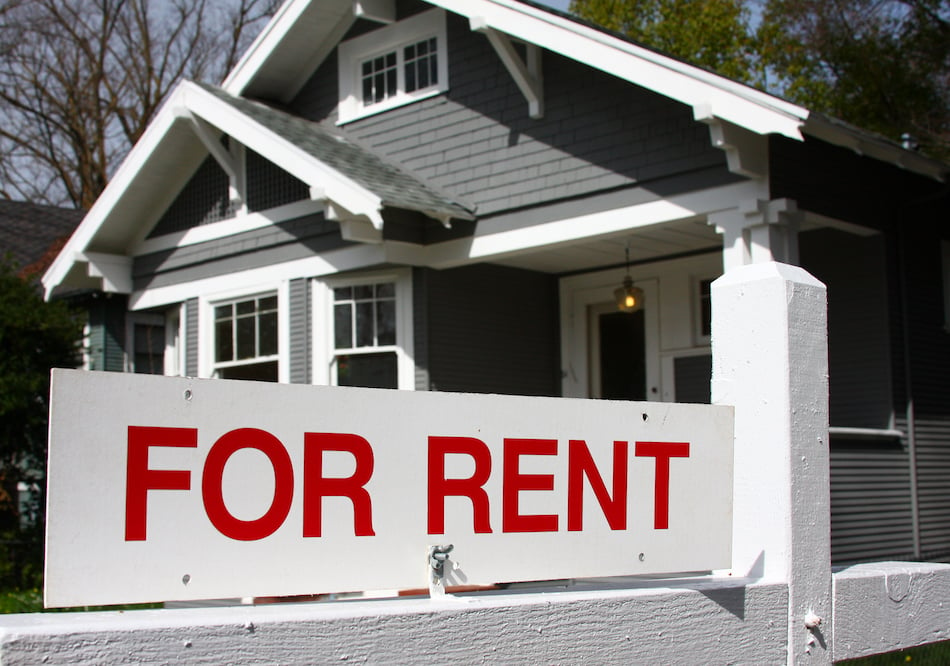There are a variety of potential benefits to owning a rental property, provided that an investor has the right expectations. While rental income and appreciation are two benefits many real estate investors look for, real estate markets can cycle downward as well as upward.
Here are key rental property benefits, along with reasons why not every investor may want to purchase real estate.
Key takeaways
- The biggest potential benefits of owning a rental property include a hedge against inflation, rental income, equity, and having control of the investment.
- Drawbacks to consider before buying a rental property include a large down payment, dealing with tenants, and lack of liquidity.
- Investors often calculate potential ROI of an investment before deciding whether a rental property is worth investing.
5 common benefits of owning a rental property
Let’s begin by discussing the biggest potential benefits of owning a rental property. Some of the reasons are financial, while others relate to the control owners have over how their investment funds are used:
1. Inflation hedge
An inflation hedge is an investment that protects against the decrease in the purchasing power of money. In order to act as a hedge, the value of an asset must increase more than the rate of inflation.
Traditional hedges against inflation include gold and real estate. To illustrate how real estate acts as an inflation hedge, we can use data from Zillow and the Consumer Price Index, which measures the average change over time in price for consumer goods.
According to Zillow, the typical value of a middle price tier home increased by 17.7% last year and is forecast to grow by another 11.7% this year (through August 31, 2021). The U.S. Bureau of Labor Statistics reports the 12-month change in the Consumer Price Index as 5.3%.
In other words, over the past 12 months, home prices have increased at more than three times the rate of inflation, and are predicted to grow by more than twice the current rate of inflation.
2. Rental income
A good rental property provides the potential for income from renters.
For example, if a single-family home rents for $1,500 per month and operating expenses and the mortgage take up 80% of the monthly rent received, an investor would have a potential positive cash flow of $300 per month.
However, cash flow from rental income can vary from one month to the next, due to factors such as vacancy, unexpected expenses, or the possibility of having to evict a tenant. That’s why real estate investors focus on rental income and cash flow from a rental property on an annual basis, rather than by the month.
3. Build equity
Home prices historically increase in value over the long term, which is why many real estate investors buy-and-hold rental property for 5 years or more.
According to the Federal Reserve, the median sales price of houses sold for the U.S. is $374,900 (as of Q2 2021). Home prices have increased by 22.5% over the past 5 years, and by 64.4% over the past 10 years.
However, the real estate market does have its ups and downs as well. For example, during the Great Recession of 2007 – 2009, the median sales price of houses declined by about 20%, and millions of people lost their homes due to foreclosure.
More recently, between Q2 2018 and Q2 2020, home prices remained relatively flat. While investors may have made a profit with rental income, people did not receive a short-term equity gain over that two year period.
4. Tax benefits
The tax code in the United States is friendly to real estate investors.
Tax benefits of owning a rental property include deducting ordinary operating expenses such as maintenance, insurance, property taxes, and property management fees from income received.
Rental property owners also deduct owner expenses, such as continuing education and traveling to visit an out-of-town rental property once or twice a year. Finally, owners can use depreciation to reduce pre-tax income.
In fact, by claiming all of the tax benefits that investment property offers, an investor may have a net loss for tax purposes while still having a positive net cash flow.
5. Be in control
Owning rental property may also allow people to have control of their investments.
Investors who buy and hold for the long term also have flexibility of when to sell. If the market begins to cycle downward, people can hang onto the property and collect the rental income until the real estate market recovers.
When the time comes to sell, investors have multiple exit strategies. A single-family rental home can be sold to another investor, or to a homeowner looking for a primary residence.

5 drawbacks to rental properties
Owning rental property isn’t necessarily the right choice for every investor. In the next section, we’ll cover reasons why some people may not want to invest in rental property:
1. Large down payment
One of the biggest potential drawbacks to buying a rental property is coming up with the down payment.
While loans for a primary residence often only require a down payment of a few percent, lenders usually require a down payment of at least 25% of the purchase price to finance a rental property.
In addition to putting a large amount of money down, investors also keep several months of mortgage payments in reserve and put money into a capital reserve account to fund major repairs.
One work-around to avoid large down payment requirements is through house hacking. For example, an investor may begin real estate investing by renting out a room in their primary residence or converting a basement or attic into a studio apartment. All of the rental income is used to save up for a deposit to purchase a rental property.
Another example of house hacking is buying a 2 or 3-unit multifamily property as a primary residence. An investor lives in one of the units while renting the other units out, and uses the cash flow to raise money for the down payment on another rental property.
2. Dealing with tenants
Ending up with difficult tenants is another drawback to consider before purchasing a rental property. Even with the best tenant screening process in place, there’s no guarantee a tenant will pay the rent on time, take good care of the property, or stay through the end of the lease.
Oftentimes, real estate investors hire a local property management company to deal with the tenant and take care of the property. But the fact is that at the end of the day, an investor still needs to make decisions about the property.
For example, the manager may require the owner’s approval to begin an expensive eviction, or offer the tenant cash for keys to vacate the property. Landlords can help to protect themselves by requiring a security deposit, but most state landlord-tenant laws have restrictions on when and if a security deposit can be kept by the landlord.
3. Regular maintenance
Just like with a primary residence, rental properties are subject to constant wear and tear, and repairs and maintenance are required to keep the home habitable for the tenant. Not maintaining a rental property can lead to a decline in value over time, and a decrease in rental income if tenants find a nicer home to rent.
4. Changing markets and neighborhoods
Real estate markets and local neighborhoods can and do change over time, sometimes for the better and sometimes for the worse.
It wasn’t that long ago that the suburbs and smaller secondary cities were overlooked by many real estate investors. Today, areas where the cost of living is lower are seeing strong growth now that more people can work from home.
On a local level, the demand for rental property in a neighborhood can change based on new nearby housing developments that give prospective tenants more choice, or the quality of the local school district.
One tool investors use to help better understand the risk and rewards of different neighborhoods is the Roofstock Neighborhood Rating, the industry’s first single-family rental ratings index for U.S. neighborhoods. Neighborhoods are rated on key attributes such as employment and income levels, home values, school district quality, and more.
5. Lack of liquidity
Assets like stocks, bonds, and certificates of deposit can quickly and easily be turned into cash. On the other hand, selling a rental property can take one month or more, depending on conditions in the local rental market.
Of course, some real estate investors turn lack of liquidity into an advantage.
By using a buy-and-hold investing strategy, investors are better prepared for normal real estate cycles and may be less likely to sell if home prices begin to decline. Opportunistic investors also wait until a local real estate market begins to soften, then look for distressed sellers who are in desperate need of cash and a quick sale.
Are owning rental properties worth it?
It probably goes without saying that the answer to this question is different for every would-be investor. Although rental property may be a good way to build long-term wealth, successful investors put in the time and effort to calculate the potential return on investment before buying.
While there are a number of metrics investors use to forecast return, one of the most common is the expected return on investment or ROI:
- ROI = Gain from investment – Cost of investment / Cost of investment
ROI is expressed as a percentage and compares the profit or gain from an investment to the original cost of the investment.
To illustrate, let’s assume a single-family rental home was purchased five years ago for $100,000 and is sold today for $150,000 (net of closing costs and the sales commission). If the annual before-tax cash flow during the five-year holding period was $5,000 per year, the ROI would be 75%:
- Gain from before-tax cash flow = $5,000 x 5 years = $25,000
- ROI = ($25,000 before-tax cash flow + $150,000 sale price) - $100,000 original purchase price / $100,000 original purchase price = 75%
Factors that may increase or decrease return on investment include revenue items such as rental income and the change in property value, along with expense items such as property taxes, insurance, HOA dues, and the cost of financing.
Final thoughts
While there are plenty of potential benefits to a rental property, such as rental income and a hedge against inflation, they take time to realize. Because real estate markets can go down as well as up, most investors view rental property as a long-term buy-and-hold investment instead of a way to generate short-term profits.









